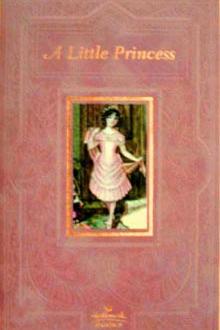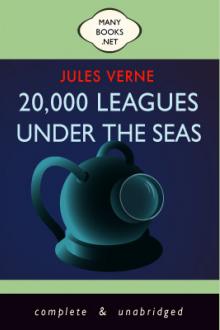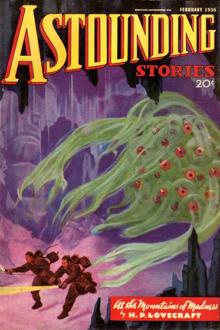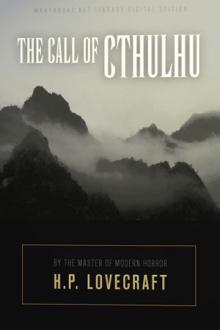The Vampyre, a Tale
Book Excerpt
Many curious and interesting notices on this singularly horrible superstition might be added; though the present may suffice for the limits of a note, necessarily devoted to explanation, and which may now be concluded by merely remarking, that though the term Vampyre is the one in most general acceptation, there are several others synonimous with it, made use of in various parts of the world: as Vroucolocha, Vardoulacha, Goul, Broucoloka, &c.
THE VAMPYRE.
IT happened that in the midst of the dissipations attendant upon a London winter, there appeared at the various parties of the leaders of the ton a nobleman, more remarkable for his singularities, than his rank. He gazed upon the mirth around him, as if he could not participate therein. Apparently, the
Editor's choice
(view all)Popular books in Horror, Fiction and Literature, Gothic
Readers reviews
The story itself is pretty good. A pretty and naive Englishman hooks up with the strange Lord Ruthven to travel through Europe. As he gets to know Ruthven, he discovers he is very generous to dissolute beggars, but stingy to the worthy poor. He also likes to corrupt innocent women.
The actual bloodsucking never gets exposed, it just happens.
Nicely plotted with a fitting ending.
- Upvote (1)
- Downvote (0)
It is worth noting that Byron managed to write a fragment based on the vampire legends he heard while traveling the Balkans. Polidori used this fragment to create the novel The Vampyre (1819), which is the origin of all subsequent vampire literature. Thus, the Frankenstein and vampire themes were created from that single circumstance.
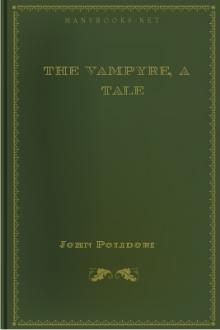
 Free Download
Free Download














